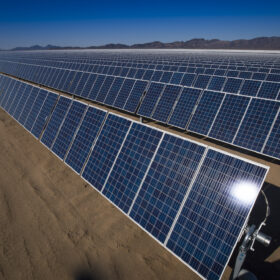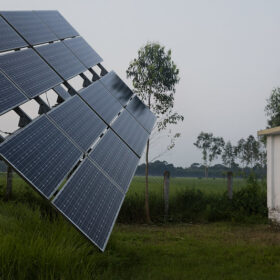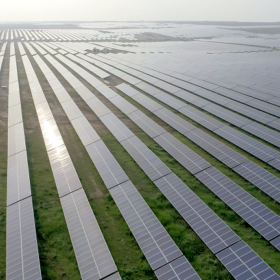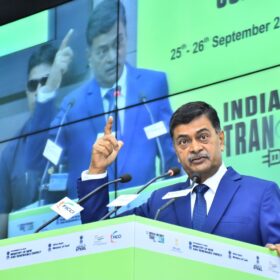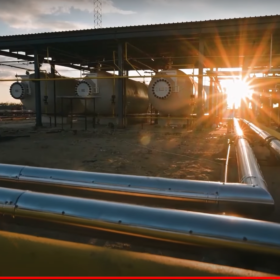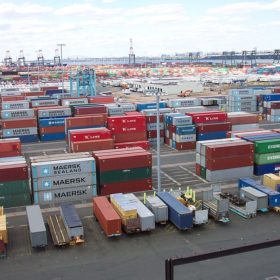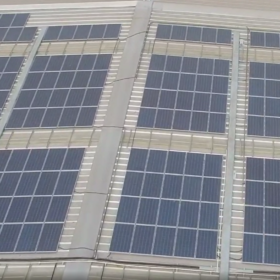Will New Delhi hear the call from solar developers?
Falling solar equipment prices, bulk module orders, and an expansion in domestic solar manufacturing capacity are driving a solar boom in India. The government can add further impetus if it tweaks domestic content rules.
European Parliament committees approve draft regulation on forced labor
The European Parliament’s Internal Market and International Trade committees have approved and amended a proposal to create a global list of regions and industries with a high risk of forced labor.
Bangladesh introduces rooftop PV requirement for big, new buildings
Bangladesh has implemented a new rule stating that new buildings with rooftop spaces exceeding 92.2 square meters must install net-metered solar power systems as a prerequisite for grid connection.
Recipe for expansion
After years of debate, the Indian government made domestic manufacturing a central feature of renewables policy in 2021. The pivot came as the government sought economic growth and self-sufficiency following a border conflict with China. Vinay Rustagi, managing director of Bridge to India, says that trade barriers, subsidies, lower taxes, and demand growth have created the perfect recipe for expansion.
Harnessing the elements for renewable energy
Regions across India are carving their green legacy with distinct contributions to the solar and wind energy landscape.
India’s green hydrogen will be the cheapest in the world: Power minister
Already 5.8 million tons of green hydrogen manufacturing capacity is in different stages of installation in India, said power minister R.K. Singh at a summit in New Delhi recently.
European Solar Manufacturing Council urges EU to adopt law against forced labor in PV industry
The European Solar Manufacturing Council (ESMC) is urging the European Union to adopt legislation against forced labor in the PV industry, by explicitly calling for measures to prevent solar products produced with forced labor from entering the European market.
India’s solar module manufacturing capacity to hit 100 GW by 2026, says MNRE Secretary
Currently, India has 28 GW of solar PV module manufacturing capacity and 6 GW of cell capacity, said Bhupinder Singh Bhalla, secretary, Ministry of New & Renewable Energy (MNRE).
PHDCCI makes recommendations for fast-tracking India’s National Green Hydrogen Mission
The PHD Chamber of Commerce and Industry (PHDCCI) has recommended nil import duty for electrolyzers until 2030 and zero goods and services tax (GST) for green hydrogen/ammonia. It has also proposed the inclusion of green hydrogen derivatives in the list of activities eligible for carbon credit trading, among other suggestions.
India’s solar module imports from China fell 76% YoY in H1 2023
India is seeing a large fall in solar panel imports from China as it prioritizes domestic solar manufacturing, finds a study by Ember.
